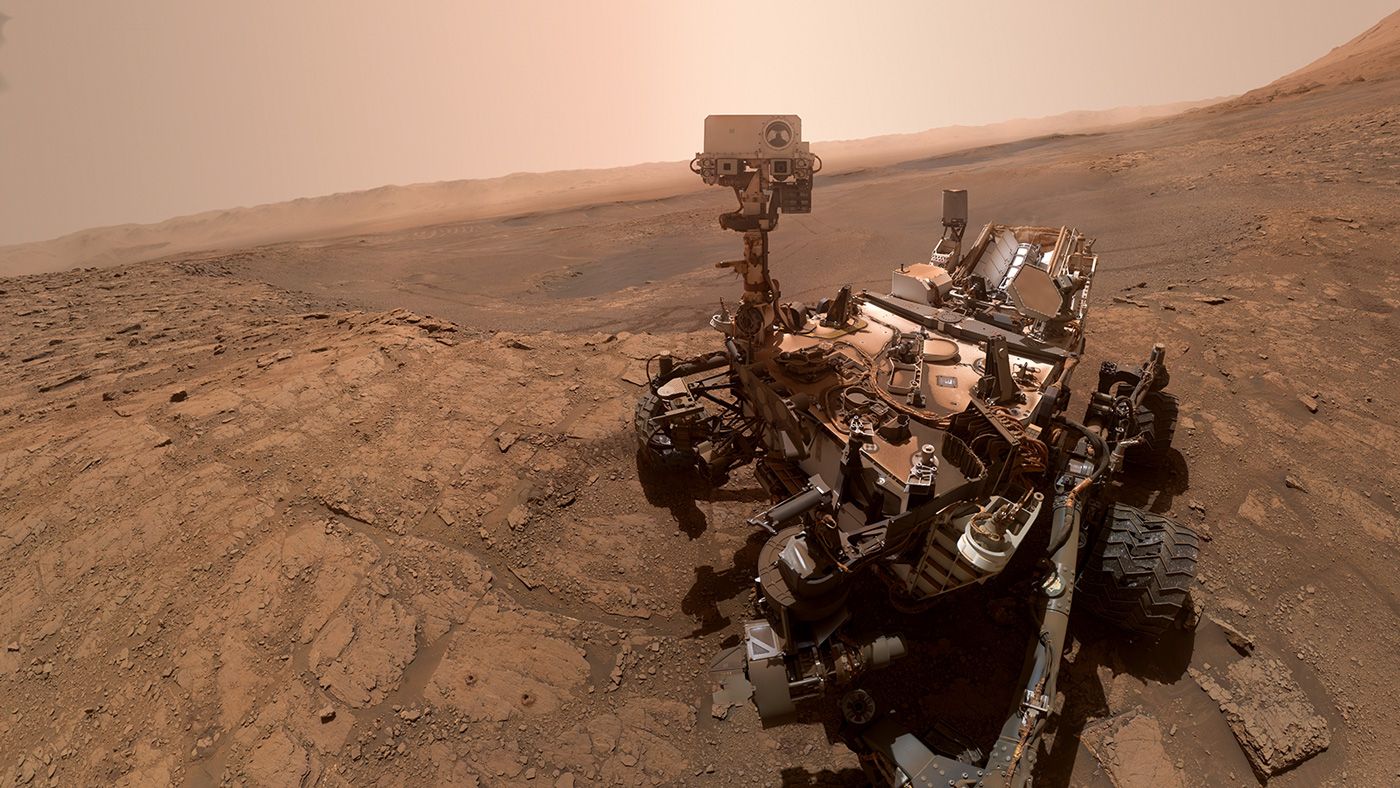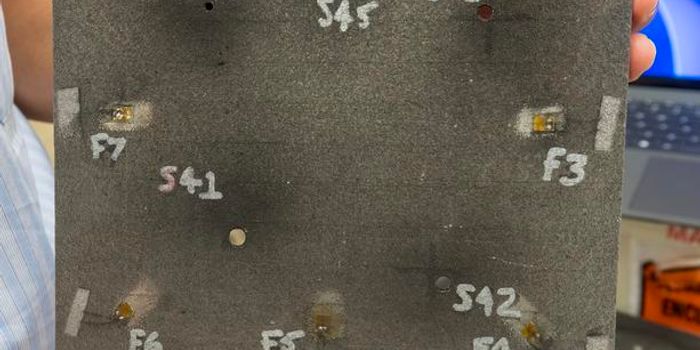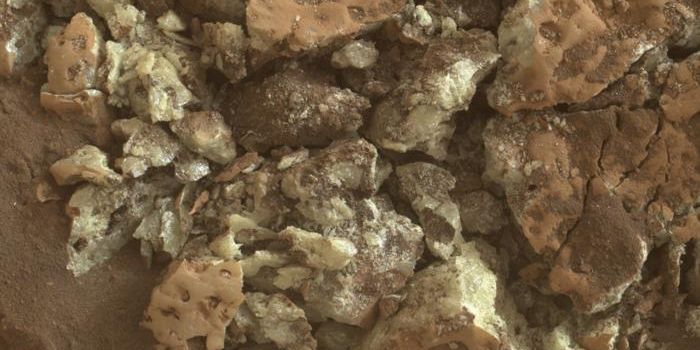Scientists Unveil Revolutionary Test for Extraterrestrial Life Detection
A recent study published in the Proceedings of the National Academy of Sciences examines an artificial intelligence-based technique capable of differentiating between present-day and ancient biological samples from non-living organisms, also known as abiotic organisms. Additionally, this new technique can accomplish this with 90 percent accuracy, which holds the potential to change how scientists search for signs of life on planets other than Earth, specifically Mars, which is a target for astrobiology and currently has a few robotic explorers searching for present and/or past life there.
“This routine analytical method has the potential to revolutionize the search for extraterrestrial life and deepen our understanding of both the origin and chemistry of the earliest life on Earth,” said Dr. Robert Hazen, who is a scientist at the Carnegie Institute for Science, a co-author on the study “It opens the way to using smart sensors on robotic spacecraft, landers and rovers to search for signs of life before the samples return to Earth.”
In addition to being a co-author, Dr. Hazen co-led the seven-member team funded by the John Templeton Foundation who was responsible for the study.
For the study, the team used artificial intelligence (AI) on living and non-living samples through pyrolysis gas chromatography analysis and mass spectrometry, with the former separating and identifying the component parts of a sample and the latter identifying the molecular weight of those parts. In order to train the AI, the team introduced 134 known living or non-living carbon-rich samples into the AI’s algorithm so it could learn to predict the origins of new samples. In the end, the AI-driven technique successfully identified sample origins with 90 percent accuracy, including living, non-living, and ancient traces of ancient life. Additionally, the new technique also identified biological traces in some samples that were more than hundreds of millions of years old.
Dr. Hazen said, “These results mean that we may be able to find a lifeform from another planet, another biosphere, even if it is very different from the life we know on Earth. And, if we do find signs of life elsewhere, we can tell if life on Earth and other planets derived from a common or different origin.”
As noted, Mars currently has a few robotic explorers roaming its surface searching for signs of present and/or past life. Where this new AI-driven technique comes into play is with NASA’s Curiosity rover, which the team says can be used on the rover’s Sample Analysis at Mars (SAM) instrument.
A selfie taken by NASA's Curiosity on Oct. 11, 2019, the 2,553rd Martian day, or sol, of its mission. Curiosity conducted two drillings in this location, which has been nicknamed "Glen Etive." (Credit: NASA/JPL-Caltech/Malin Space Science Systems)
“We’ll need to tweak our method to match SAM’s protocols, but it’s possible that we already have data in hand to determine if there are molecules on Mars from an organic Martian biosphere,” said Dr. Hazen.
How will this new AI-driven technique help find signs of life outside of the Earth in the coming years and decades? Only time will tell, and this is why we science!
As always, keep doing science & keep looking up!
Sources: Proceedings of the National Academy of Sciences, NASA, EurekAlert!, NASA (1), NASA (2)









